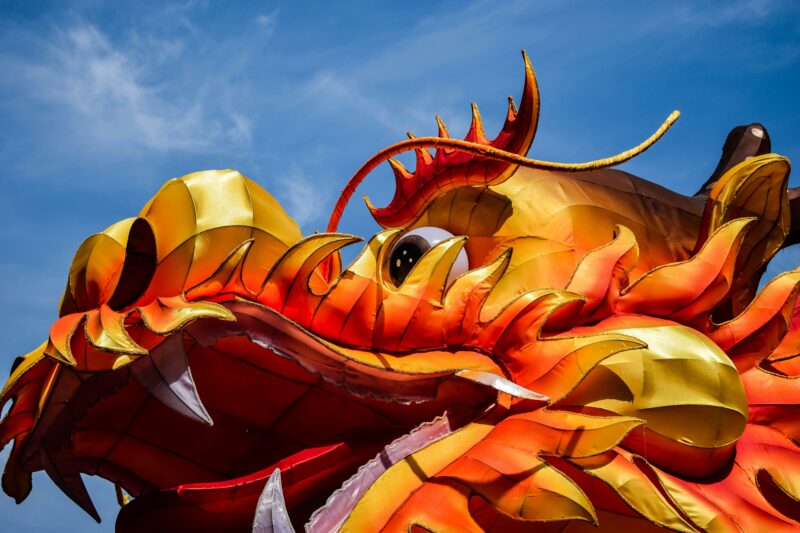From 1 July, Estée Lauder Group will set the recommended retail prices for several of its brands in China. They claim that this is a reaction to growing manufacturing and operating expenses, transportation and warehouse fees, and raw material prices. This is the second time this year Estée Lauder has raised its costs. Since February, L’Oréal-owned Kiehl’s, YSL (Yves Saint Laurent), and Armani have also slightly adjusted its pricing.
Certain Estée Lauder luxury labels have made some outrageous increases in China. For instance, offline customers say that a Tom Ford perfume sold for 1,350 RMB (186 USD) in 2023, while this year the price has climbed to 1,950 RMB (268.8 USD).
Beyond raw material costs, Bai Yunhu, daily chemical expert and creator of the Yiyoumei (1meiji) digital supply chain platform, says performance pressures in the Chinese market drive price increases. Brands are resorting to price hikes to generate sales, while total sales volume growth is stagnating. As national Chinese brands step into the luxury goods industry, foreign brands must raise prices to keep a perceived value difference and avoid losing consumers.
Recent financial data from L’Oréal, Estée Lauder, and Shiseido exposed a striking disparity in worldwide performance. L’Oréal had a 5.4% increase in mainland China last year, while Shiseido’s net sales in China dropped 4% year over year. Shiseido, however, anticipates a 5% sales increase in China this year as the effect of the radioactive wastewater incident subsides. Although Estée Lauder’s Asia-Pacific revenue dropped by 8% YoY, the company expects sales in China to help it recover in the second half of 2024’s financial year and plans to keep making investments in the country.
Looking ahead, several make-up giants have highlighted “Winning in China” in their financial accounts. Shiseido wants to cut price promotions, increase official marketing channels, and maximise the count of physical stores. In the current financial year, Estée Lauder will follow a profit recovery strategy including a 3–5% global position reduction. The group said, however, that there are no significant changes scheduled for the Chinese market and that the profit recovery strategy seeks to enable the Chinese team to better negotiate changes in the market.









